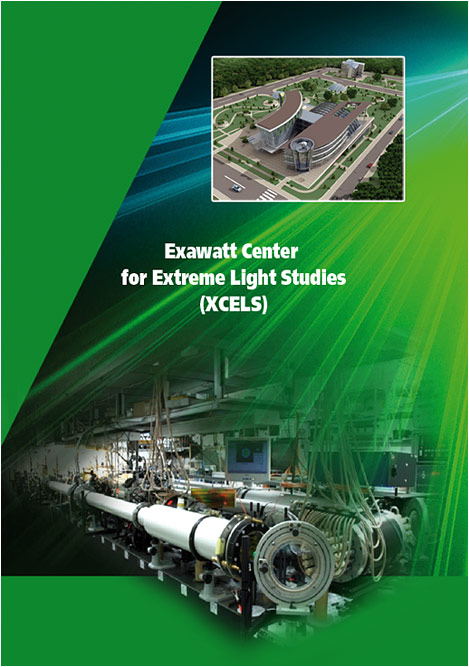Part 9 of 18 Parts (Please read Parts 1 thru 8 first)
The standard process for producing ultrashort pulses of laser light in the femtosecond ranges is called Q-switching and mode-locking. They were developed in the 1960s. The big question under study was just how much energy could be concentrated into a femtosecond pulse.
An ultrashort-pulse laser system consists of a laser oscillator followed by an amplifier. The amplifier converts the initial, weak laser pulse into a powerful pulse. However, there were problems with increasing the strength of the laser pulse. Beyond a certain power, the optical system and the amplifier suffered catastrophic damage. Intense laser light tends to “self-focus” as it passes through a material and often reaches energy densities that vaporize the material.
In the mid-1980s, physicist Gérard Mourou and his PhD student Donna Strickland developed an ingenious solution to this basic problem which they called “chirped pulse amplification.” This invention opened up a whole new era of laser development and earned the inventors the Nobel Prize in Physics in 2018.
The term and the basic idea of the “chirp” began in the area of military radar systems around the end of World War II. It was turned into operational systems in the 1950s. The technology was declassified in 1960, the year the laser was invented.
Older radar systems worked with a fixed frequency. Increasing their range and resolution was impeded by the need to produce very short pulses with very intense power. However, as the power intensity increased, components reached their limit and broke down. In “chirp radar” the pulse that is emitted by the transmitter does not operate at a fixed frequency. Instead, the frequency is modulated or “chirped.” During a pulse, the frequency either decreases or increases from the initial frequency of the system. This extends the pulse to a length which can be amplified without damaging the radar equipment.
The radar signal which goes out to the target object and is reflected back arrives with the same frequency-modulation of the original signal. The radar receiver contains a “delay network” designed so that reflected higher-frequency signals take longer to go thru the network slower than the lower-frequency signals. As the reflected frequency-modulated signals travels through the network, the higher-frequency parts are delayed just enough so that the lower-frequency parts are able to catch up with them. This results in a “pile-up” of energy. The pulse coming out of the delay network is greatly compressed in time in relation to the original signal that enters the network.
The very short pulse that comes out of the delay network contains the same information about the distant object as the original longer pulse. The radar receiver can measure the precise time delay of the signal traveling to and from the target from the synthesized pulse. This reveals the distance to the target.
The different is that the much longer frequency-modulated signal emitted by the “chirp radar” can have much, much more energy that could be transmitted in a short pulse. The radar is able to reach farther and has a higher resolution than the old radar systems.
Please read Part 10 next.
